Wellness and Recreation Center (1995)
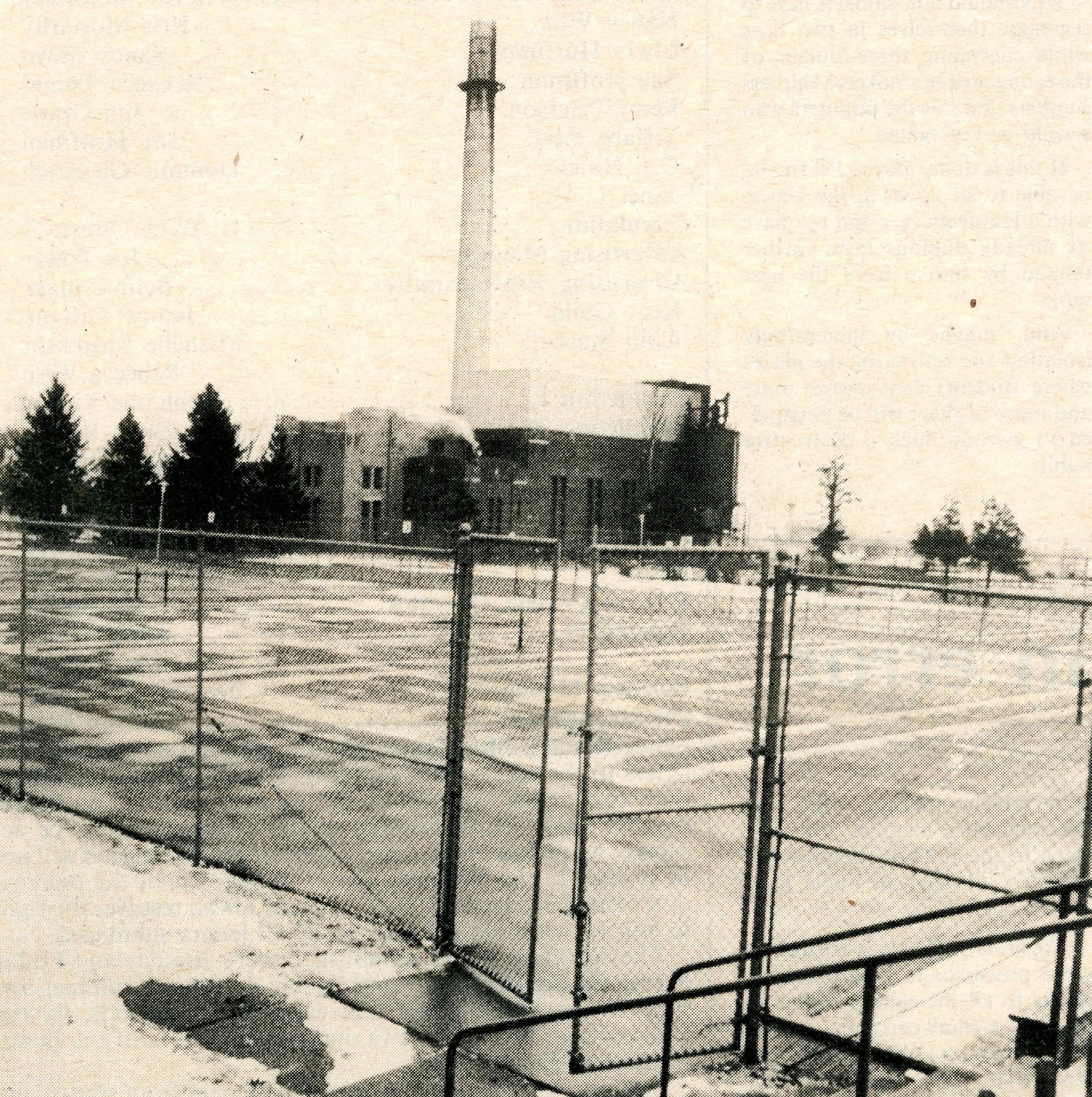
As UNI's enrollment grew in the 1980s, and as interest in fitness and wellness also grew, the university faced a shortage of space in which students could work out or exercise individually. With the East Gym, the West Gym, the Physical Education Center, and the UNI-Dome, the university had adequate facilities for organized intramural and intercollegiate sports, but space for individual, recreational activities was limited.
In November 1985, Ken Green, coordinator of campus recreation, reported on a survey of student recreational opportunities during a two week period. He found that the Dome was occupied with college and high school football games for seven days during the study, and, consequently, the PEC locker rooms were also unavailable to UNI students. The West Gym and the East Gym were occupied by intramurals and a gymnastics competition held by an off-campus group. The situation was at its worst on weekends. Professor William Thrall, head of the School of Health, Physical Eduation, and Recreation, stated that "A student just lucks out if he can get to his locker to get his stuff. We're not doing enough to keep students here on weekends."
A feasibility study to follow up on the Division of Campus Recreation recommendation to "design and construct a recreation-wellness center" was scheduled for spring semester 1986. A committee chaired by Professor Lyle Schwarzenbach was organized in March 1986 " . . . to identify need and clarify degree of need and interest in such a facility." The committee would schedule its work in four phases:
- survey the UNI community;
- explore the function and form of a new facility;
- investigate financing alternatives;
- develop a proposal and present a timeline for implementation.
The impending plan to begin construction of the Curris Business Building brought the matter of a recreation building to the front page of the Northern Iowan in January 1987. This construction project would require the destruction of the tennis courts, which were then located about where the business building now stands.
Where would new courts be located--scattered across campus, west of the Dome, or in some other location with protection from the wind? Recreation coordinator Ken Green favored a location adjacent to recreation and physical education facilities, preferably near a new recreation building. He cited the three phase plan for physical education facilities drafted in the 1960s. Phase 1 was realized with the construction of the Physical Education Center. Phase 2 was to have been an expansion of the Physical Education Center. Phase 3 was a large multi-purpose arena; this was essentially accomplished with the construction of the Dome. But Phase 2, which would have included faculty and staff offices, locker rooms, racquetball courts, and a training room, had, in Mr. Green's opinion, been left to drift.
In November 1988, the School of Health, Physical Education, and Recreation developed a proposal for a new facility. Building upon the increased interest in the concept of "wellness", Professor Thrall, head of the school, stated, "We want to build a facility that offers a holistic and integrated wellness program." By 1991, the new facility had risen to the top of the Board of Regents capital expenditures list. Early plans called for a 145,000 square foot building with instructional facilities and recreational areas, including a swimming pool, weight room, racquetball courts, and a track. The building was budgeted at $16.3 million, with $11.6 million coming from appropriated funds and $4.7 million coming from student fees. Northern Iowa Student Government passed a unanimous resolution in favor of this project. UNI hoped to receive $1.3 million for planning in 1993, with construction money to follow in 1994.
In September 1992, officials were still hopeful that the money would be approved. Director of Facilities Planning Morris Mikkelsen said, "At this point all we have done is the preliminary programming. We're still working with students and faculty and staff to determine exactly what we are going to do." He noted that a site had not yet been determined. In June 1993, the Regents approved $1.3 million to proceed with planning for a new wellness building. At that point, the projected budget had risen to $18 million, with about $12.8 million in appropriated funding and the remainder from student fees. The building remained at the top of the Regents list for capital expenditures.
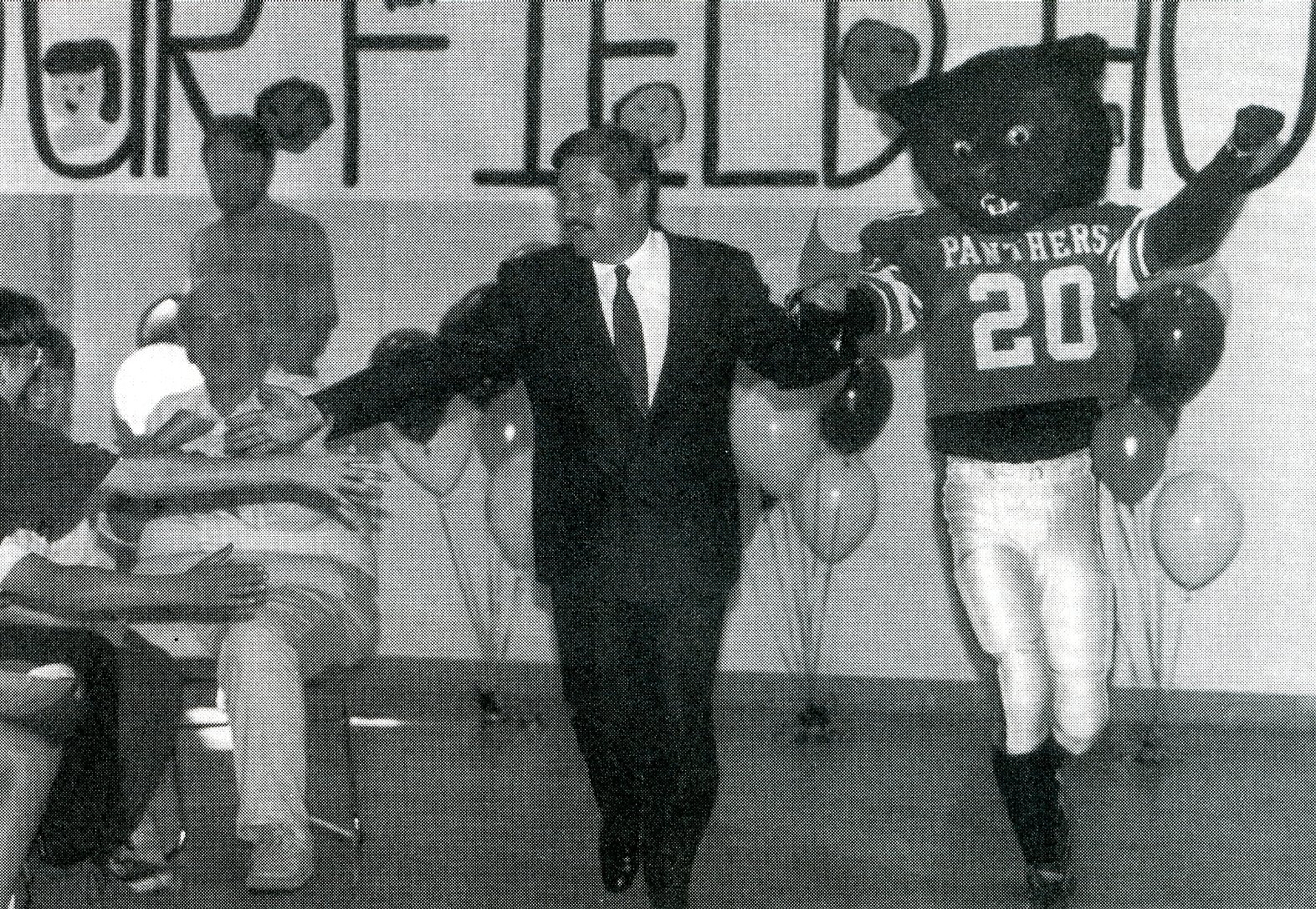
According to UNI Controller Gary Shontz, two series of revenue bonds were issued in 1993-1994 to fund a portion of the Wellness/Recreation Center. $6,950,000 of 20-year serial bonds were issued in fall 1993 with interest rates between 5.00 and 8.25 percent. $4,665,000 of 20-year revenue bonds were issued in early 1994 with interest rates between 5.25 and 7.25 percent. These bonds were issued for the academic component of the building. Cash from accumulated student fees was used to pay for the recreational component of the building.
When Governor Terry Branstad visited the UNI campus in February 1994, he commended UNI students for persisting in their pressure to fund the new project. He said, "The students here have taken the initiative on this Wellness Center . . . I am pleased to have endorsed and recommended funding for the Wellness Center in the budget this year." He urged students to keep up pressure on their legislators to appropriate funds for the work. Whether due to student influence or not, the General Assembly authorized bonding for the project in April 1994, and Governor Branstad signed the legislation in May. The Governor visited campus on May 10 to celebrate the funding measure, which also included money to replace the Price Laboratory School fieldhouse that had been destroyed by fire.

UNI officials brought plans for the project, drawn up by architects RDG Bussard Dikis of Des Moines, to the Board of Regents in July 1994. The plans included classroom and instructional space, a jogging track, a rock-climbing wall, a competitive swimming pool, and a recreational swimming pool. Regent president Marvin Berenstein criticized the plans as being extravagant. He said, "I think this is more of recreation center than a wellness center . . . As a taxpayer, this seems to me to be a pretty fancy, high-class fitness center."
President Curris defended the plans as being consistent with programming sent to the General Assembly when it was considering the project. The Regents did, ultimately, unanimously approve the project plans. The university expected to take construction bids in spring 1995, with a completion date in 1997. The building would be constructed around the east and north sides of the Physical Education Center. It would include about 107,000 square feet on three levels.
However, the controversy regarding what some saw as extravagances in the project did not immediately subside. An editorial in the September 9, 1994, Northern Iowan picked the proposed water slide as a particular example. In that editorial, the writer maintained that it would be hard for student representatives to protest increases in tuition and fees before the Regents when a $100,000 triple loop water slide was being built on campus. Some student leaders picked up this same theme and Northern Iowan columnist Tim Manuel even humorously suggested attaching the slide to the new sculpture and pool near the Maucker Union. But UNI officials and other student leaders pointed out that water slides were no longer especially unusual features in a leisure pool. One student leader even stated that it would not hurt for UNI to be a bit ahead of the curve, instead of well behind it, for once.
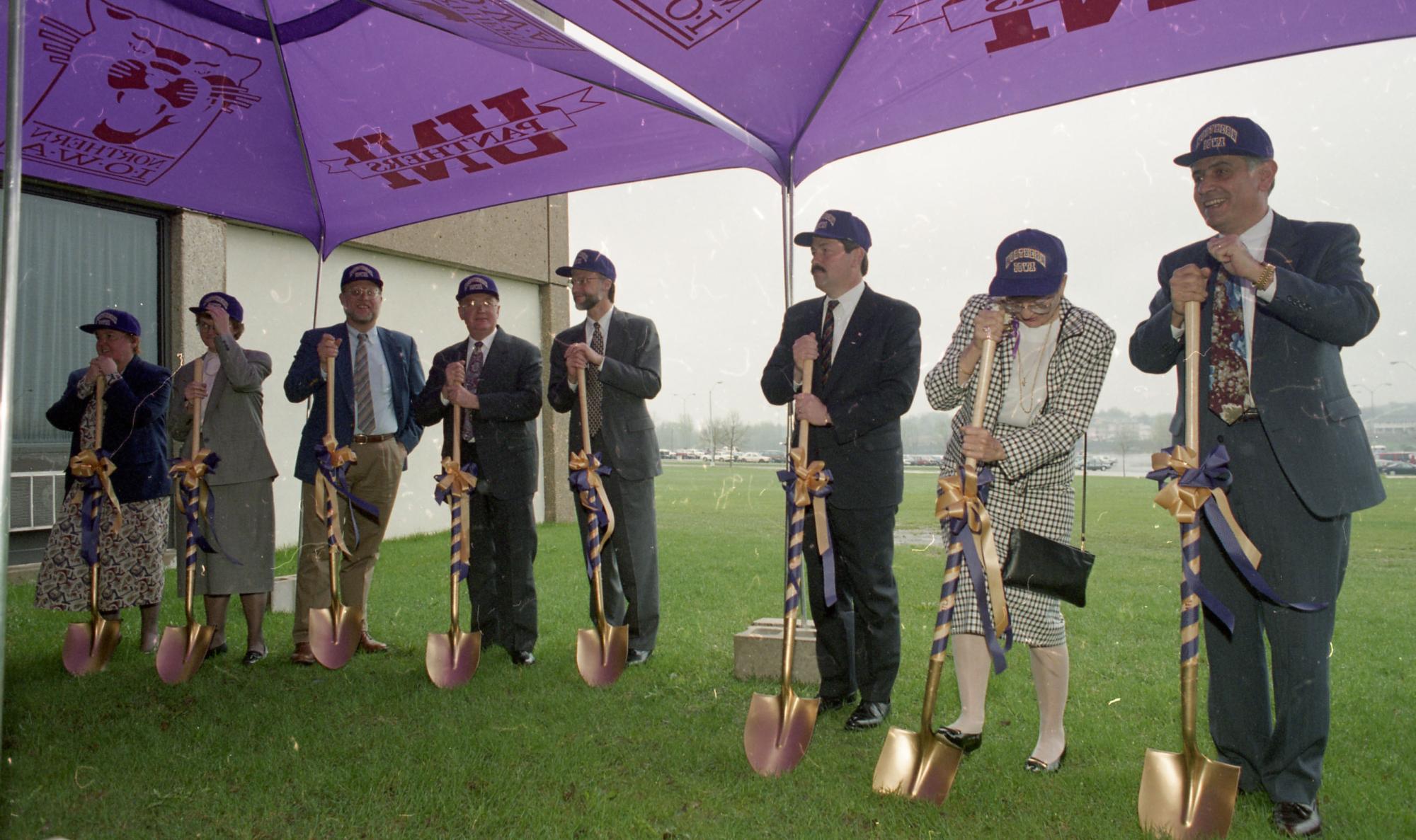
Professor Chris Edginton, head of the School of Health, Physical Education, and Leisure Services, previewed the project design to Northern Iowa Student Government in February 1995. He stated, "We wanted the facility to act like a magnet and draw our students to it like a magnet." Groundbreaking would likely occur in March or April 1995, with completion scheduled for fall 1997.
The Class of 1995 voted to raise $70,000 for equipment for the new facility. By late April 1995, the class was over half way to its goal. Groundbreaking ceremonies were held on May 8, 1995, with Governor Branstad, Lieutenant Governor Corning, and members of the Board of Regents present. The ceremony was preceded by a 5K Fun Run/Walk.
Construction got under way in the summer of 1995; by November, Story Construction of Ames, the general contractor, had made substantial progress on grading, footings, and foundation work. By March 1996, much of the heavy exterior work had been done, and the completion date was still scheduled for fall 1997.
Construction reached its midpoint in July 1996. Story Construction held a "topping out" ceremony in August. This ceremony marked the occasion of putting the last major structural components in place. Portions of the building that were to be used for instructional activities were enclosed and crews were doing interior work there. Structural steel for the portion surrounding the pool was in place.
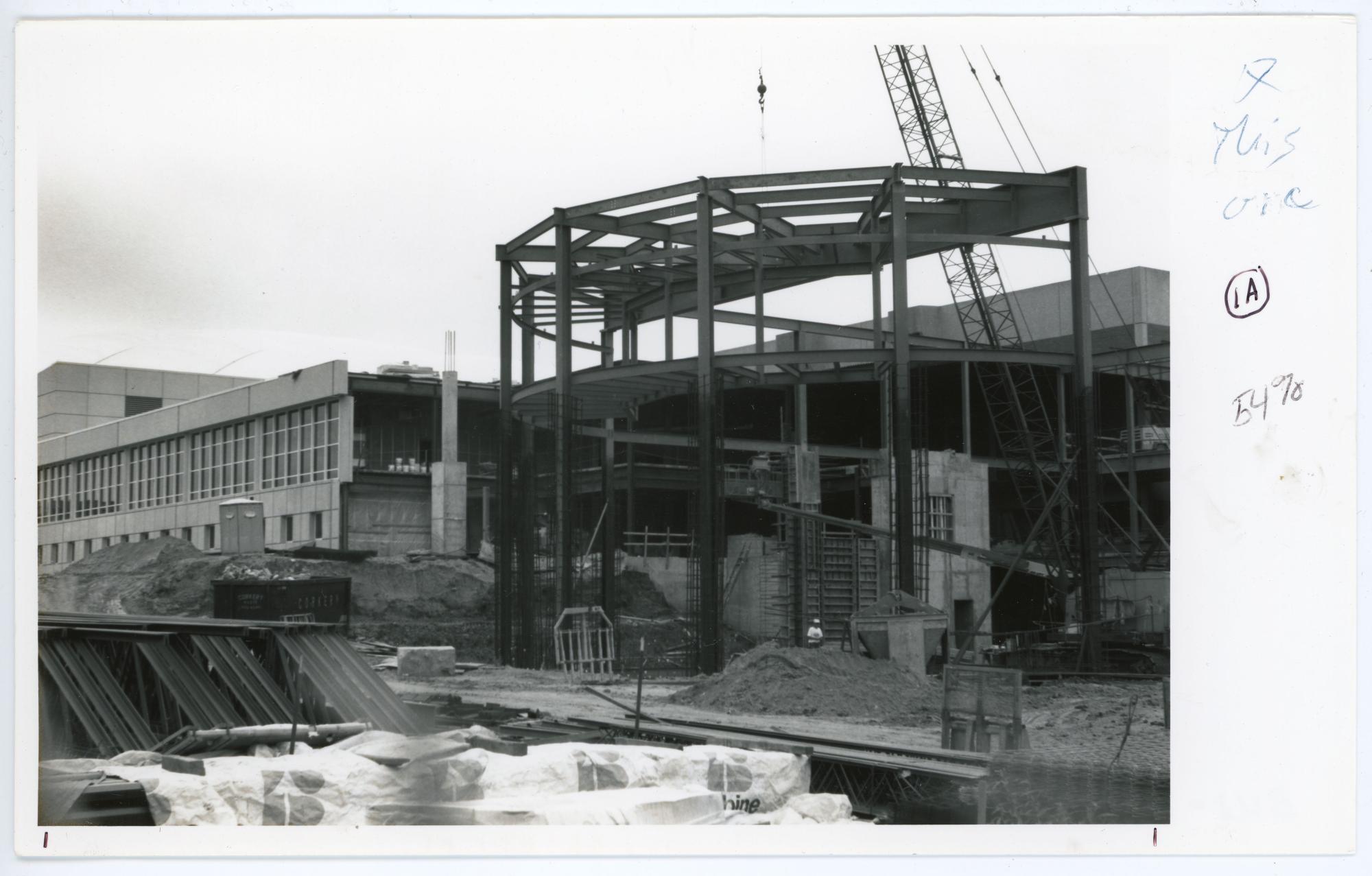
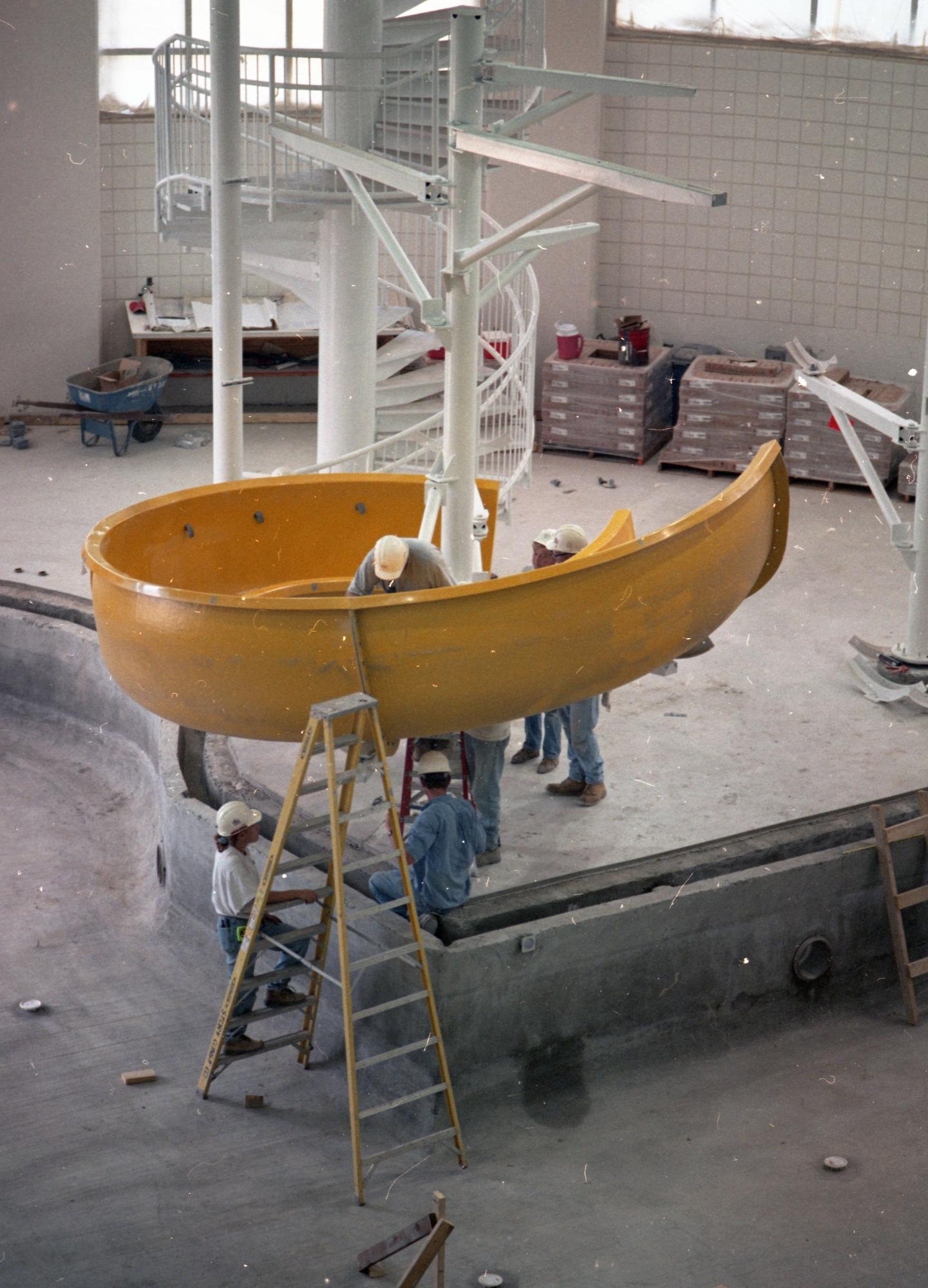
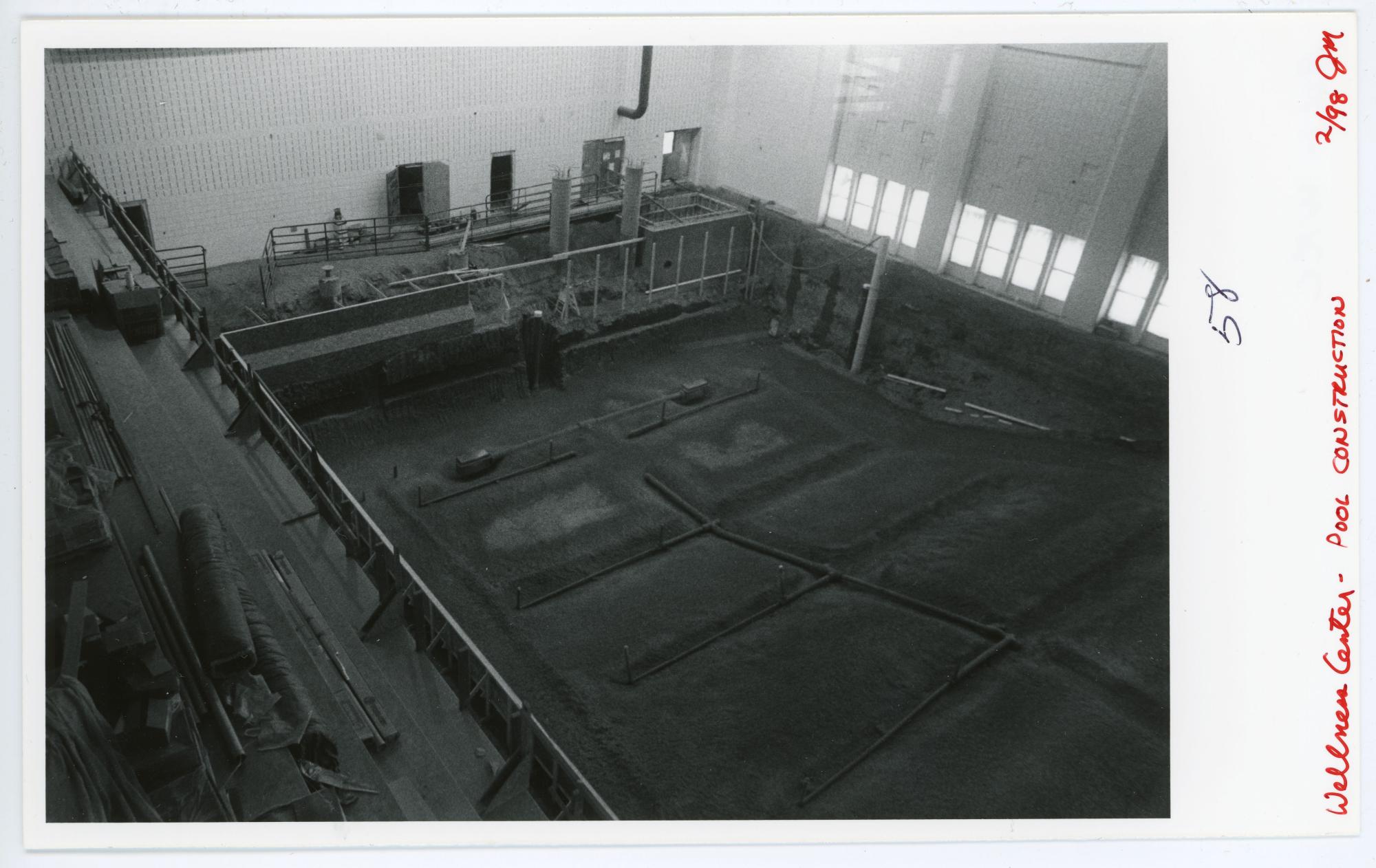
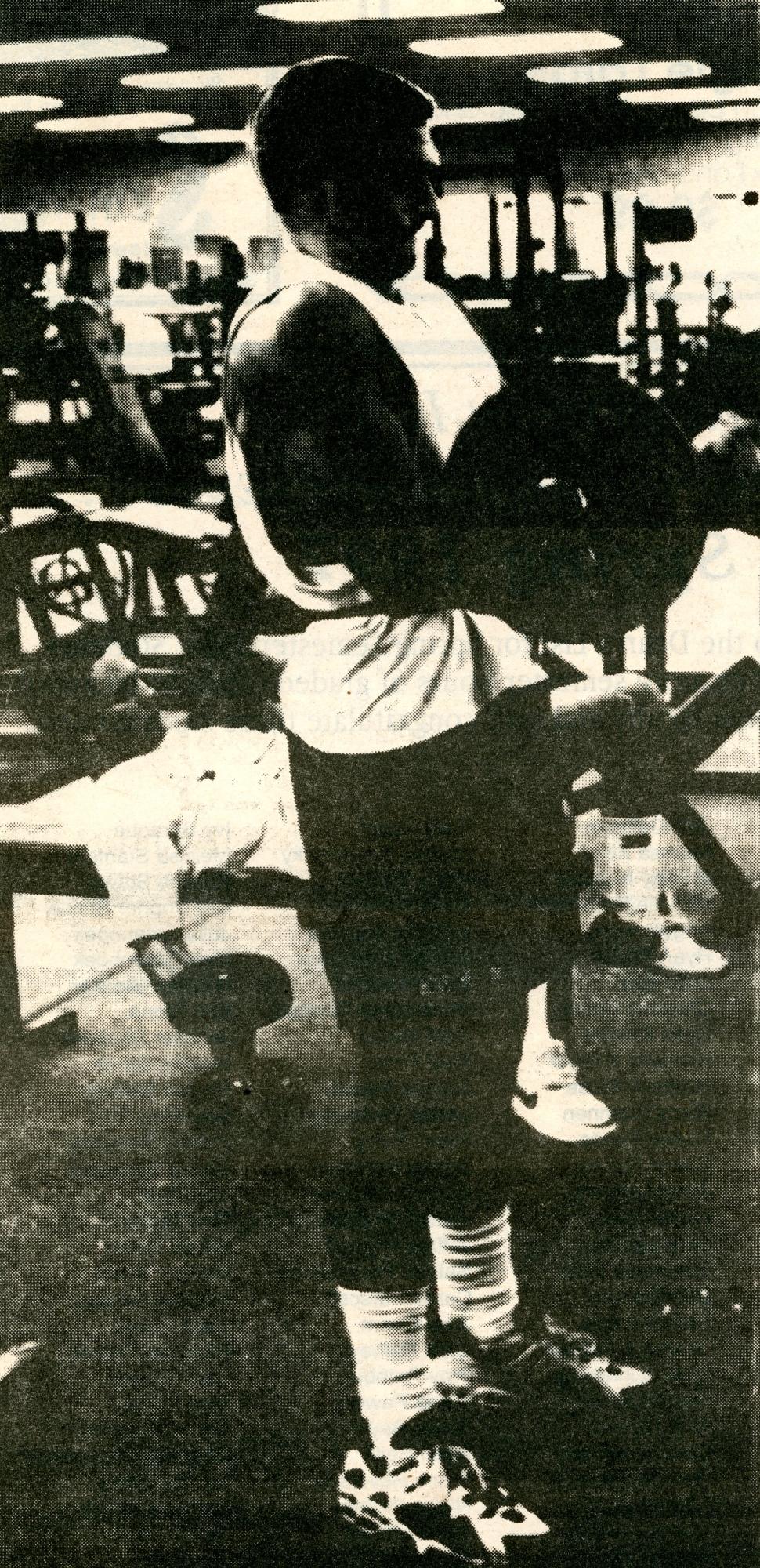
During the fall of 1996 there were still occasional questions about the construction of a new recreational facility and, specifically, of a water slide, when there were so many glaring needs around the university campus. But most students looked forward to the new facility in eager anticipation.
In May 1997, Morris Mikkelsen stated that the classrooms would be ready for the start of the fall semester. Some exterior work and the swimming pools would not be ready until late fall. And, indeed, classrooms were open for the fall semester, as well as portions of the recreation center including one gymnasium and a weight room. Pool completion was pushed back to spring 1998 due to the need to make final decisions on such things as depth of the lap pool. By January, a total of six racquetball courts, a three lane jogging track, and a large fitness area were open. Shortly thereafter, the rock climbing wall was was opened, leaving only the pools to be completed.
By late February 1998, a daily average of 1000-1200 people used WRC facilities. One student commented, "I love the hours it is open and the many options you have when working out."
The rock-climbing wall in the WRC was about forty feet tall and constructed of Styrofoam covered with concrete. It was modeled after rock walls in Backbone State Park. Most of those who climbed the wall found the novel activity harder than they expected.
The summer of 1998 saw especially heavy use of the WRC, when activities from the Dome and the West Gym, both undergoing renovation, were shifted to the new facility. Pool construction dragged on with the new completion date scheduled for late September 1998. The lap pool actually did open in late August while the leisure pool opened about a month later.

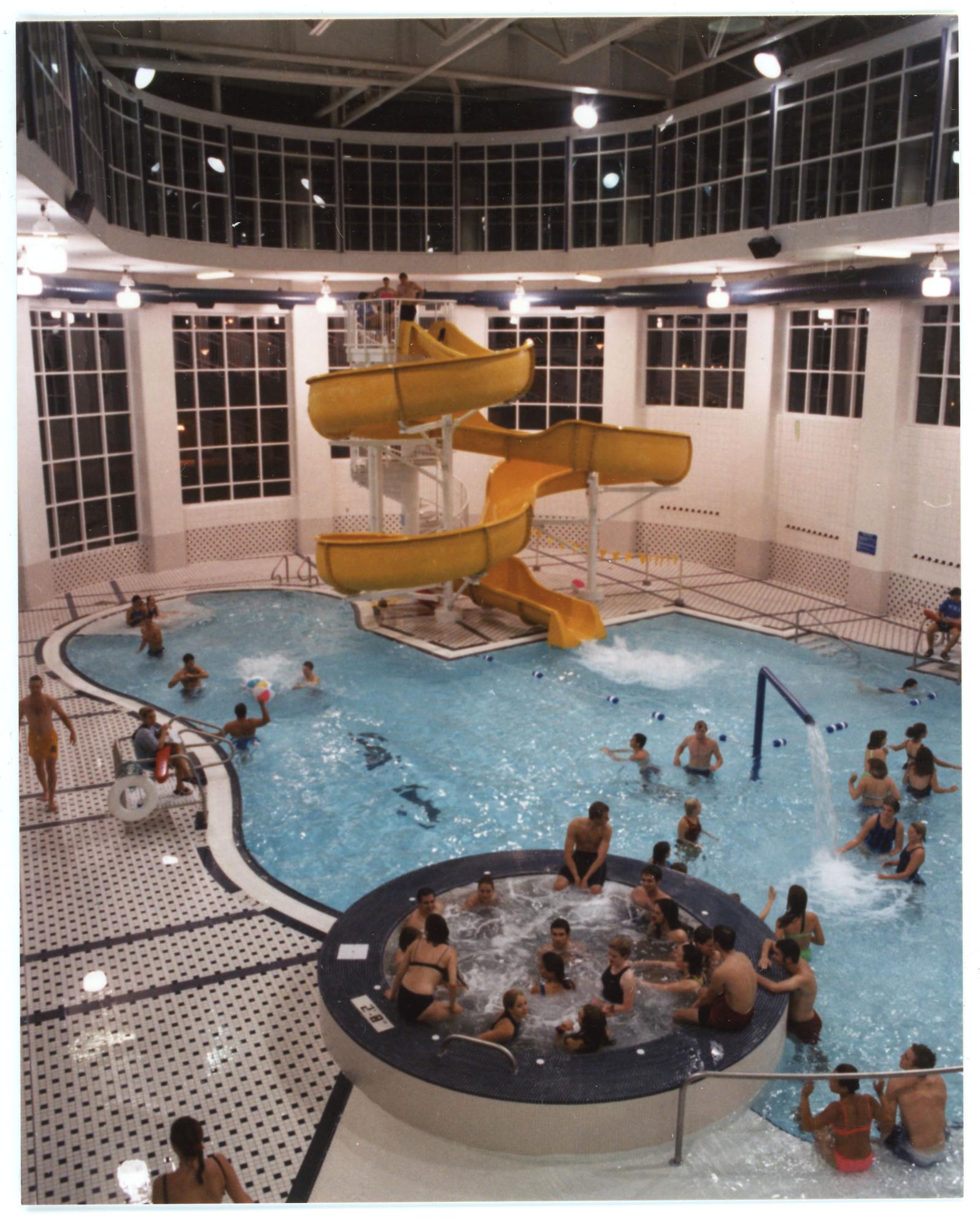

The dedication of the Wellness/Recreation Center was scheduled for November 10, 1998. President Koob, Kathy Gulick, Chris Edginton, and Beth Krueger spoke. Governor Branstad was scheduled to attend, but, due to high winds and bad weather, he appeared via the Iowa Communications Network. Members of the rock climbing class put on a demonstration as part of the dedication activities.
The Wellness/Recreation Center has been an unqualified success with students, who use the facilities heavily. In spring 1999, the Center also tried "Nightlife at the WRC" to provide an alternative for students who chose to stay on campus for the weekend rather than go home or frequent College Hill bars. One evening's activities even featured four live bands.
In November 1999, the Wellness/Recreation Center was selected from about eighty-five entries as one of ten "Facility of Merit" projects by Athletic Business magazine. The award recognized the Center as one of the best athletics facilities in the United States. In 2000, the Center received an award as an "Outstanding Sport Facility" from the National Intramural and Recreational Sports Association.
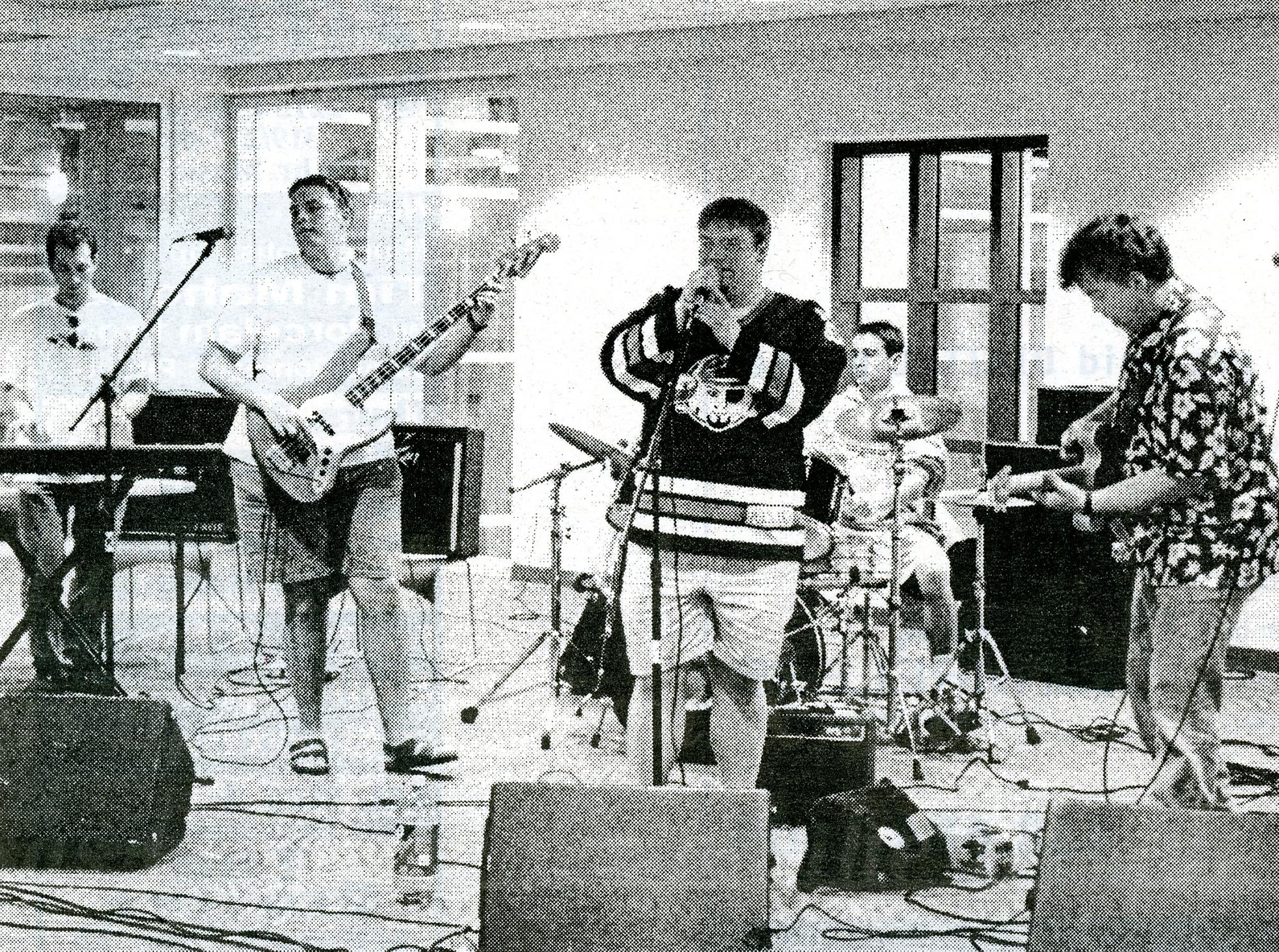
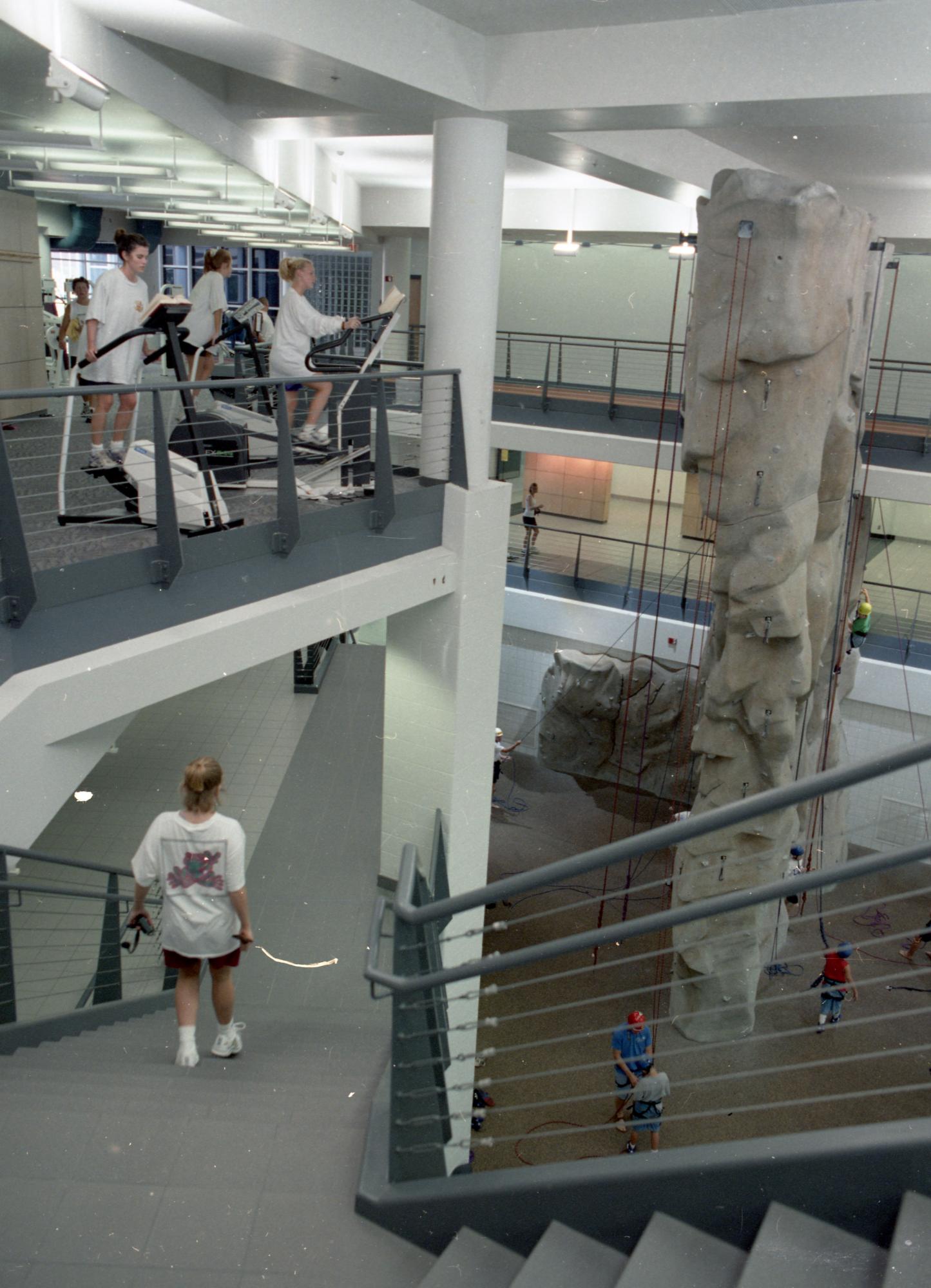
Originally compiled by Library Assistant Susan Witthoft; edited by University Archivist Gerald L. Peterson, September 1996; substantially revised by Gerald L. Peterson, with research assistance by Student Assistant Jacki Ellenwood and scanning by Library Assistant Gail Briddle; February 2003; last updated, March 14, 2012 (GP); photos and citations updated by Graduate Assistant Eliza Mussmann April 13, 2023.
